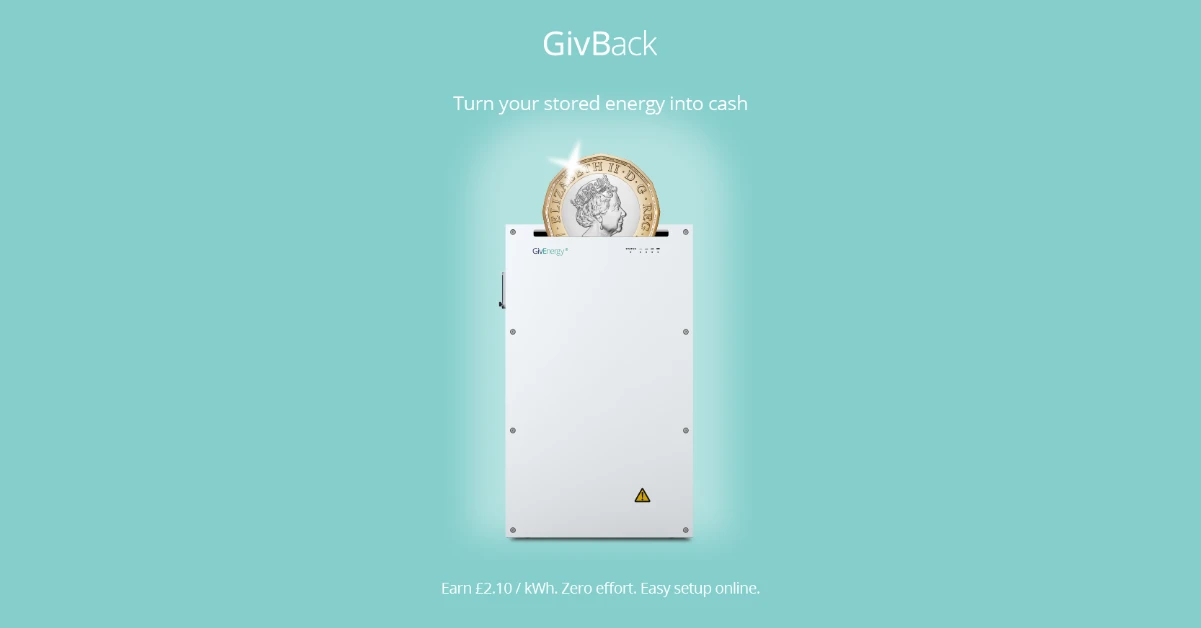Soldato
- Joined
- 25 Mar 2004
- Posts
- 15,991
- Location
- Fareham
I've started a conversation with my installer about potentially adding panels on my E facing roof.
I'm hoping I can get 2.5-3kW on there, it would need a separate inverter, but I can finance it using the 0% green mortgage thing Nationwide do, so interest free for 5 years.
Would give a nice boost to the system, and would wind up with panels facing E, S, and W for more even generation through the day.
I'm hoping I can get 2.5-3kW on there, it would need a separate inverter, but I can finance it using the 0% green mortgage thing Nationwide do, so interest free for 5 years.
Would give a nice boost to the system, and would wind up with panels facing E, S, and W for more even generation through the day.



